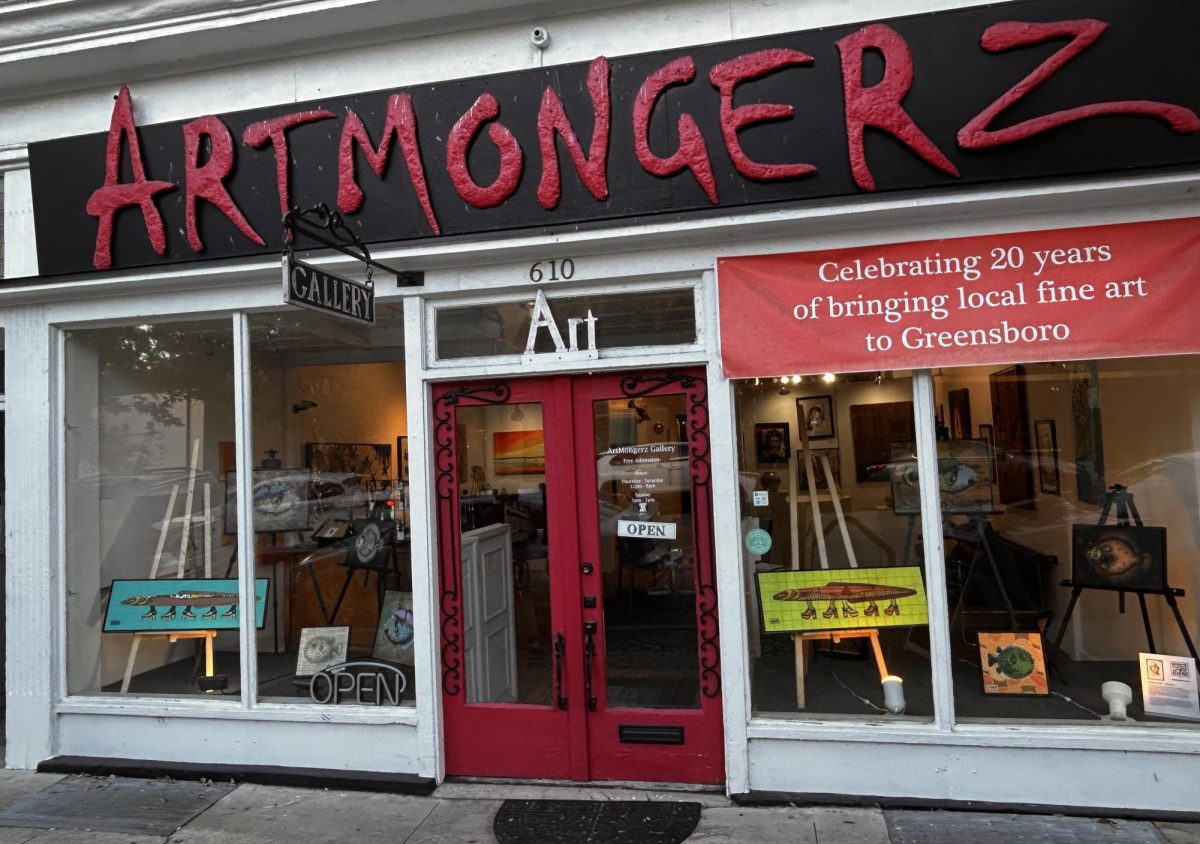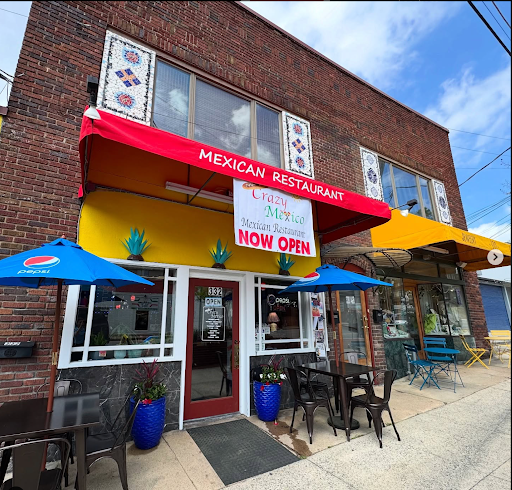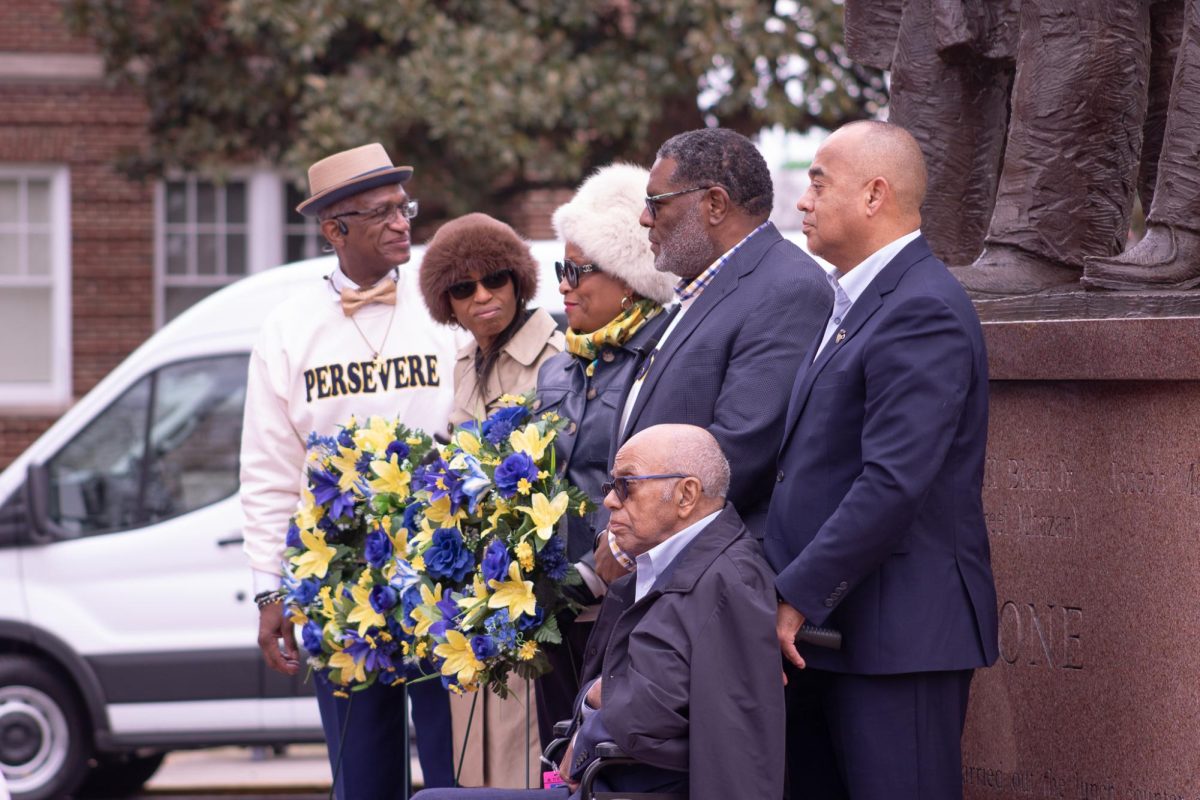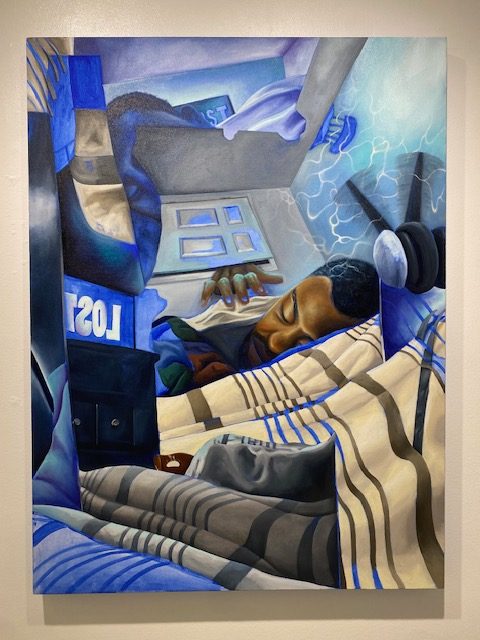Last October, in between arguments over the debt ceiling, the federal government somehow found time to send me an email. My student loan payment was 70 days past due, the message read, so the government had negatively reported me to each major credit bureau and would continue to report me until my account was brought current.
I’m betting the government sent out a lot of those letters to people like me: college graduates from middle-class families who didn’t qualify for much in the way of scholarship aid and had parents who couldn’t afford to pay for their schooling.
Research published last month in the journal Sociology of Education shows that students from middle-class families are bearing the brunt of the student loan crisis. Jason Houle, a sociologist at Dartmouth College, analyzed the student loan debt of about 9,000 men and women, focusing on how socioeconomics, including family income and parents’ educational background, influenced student debt.
What he found was that young adults from the socioeconomic top-tier tended to be safeguarded from debt because their parents had more accurately anticipated college costs, did more financial planning for college and contributed more money to their children’s education. Students from low-income families had access to financial aid other than loans. Students from middle-income families, meanwhile, took on far more debt than their lower- and higher-income peers.
A big part of the problem, of course, is that college is just too expensive. Sambla examined rising college costs and concluded that, in recent years, a combination of state funding cuts, overspending by research universities and decreased donations have led to tuition spikes at both public and private schools. And middle-class families often earn too much to qualify for financial aid or federal grant money, which has dried up. Borrowing, and borrowing too much, can feel like the only choice.
In August, President Obama announced that over the next 18 months, the Department of Education will create value-based college rankings that should make it easier for all students to avoid excessive debt. B“The greatest irresponsibility is on the part of government and schools,” said Anthony Carnevale, director of Georgetown University’s Center on Education and the Workforce. Getting a car loan, for example, requires proof of income. Not so with student loans. And too many students have little idea what kind of earnings they can expect from a particular field of study, and so take on debt they may not be able to repay when the time comes.
And schools know what they are doing, to some extent. A survey by Inside Higher Ed and Gallup, published in October, touches on a range of student debt issues, including how much student debt universities consider reasonable. (A lot.)
But the most interesting finding concerns “gapping” the practice of admitting students to college without providing enough aid for them to enroll. Private colleges are 27 percent more likely to practice gapping than public colleges, but both do it. Troublingly, 53 percent of public college directors said gapping was ethical, along with 74 percent of private college directors.
As a result, many students new to managing finances are left alone to decide whether to take out loans, and later, with the consequences of being stuck in deep financial holes.
Considering how close the government came to defaulting, politicians should be able to relate to the plight of those with delinquent student loans. They, and schools, can take a first step by acknowledging their role in the student loan crisis. They can sit in the hole with us for a while.
- MCT Campus






